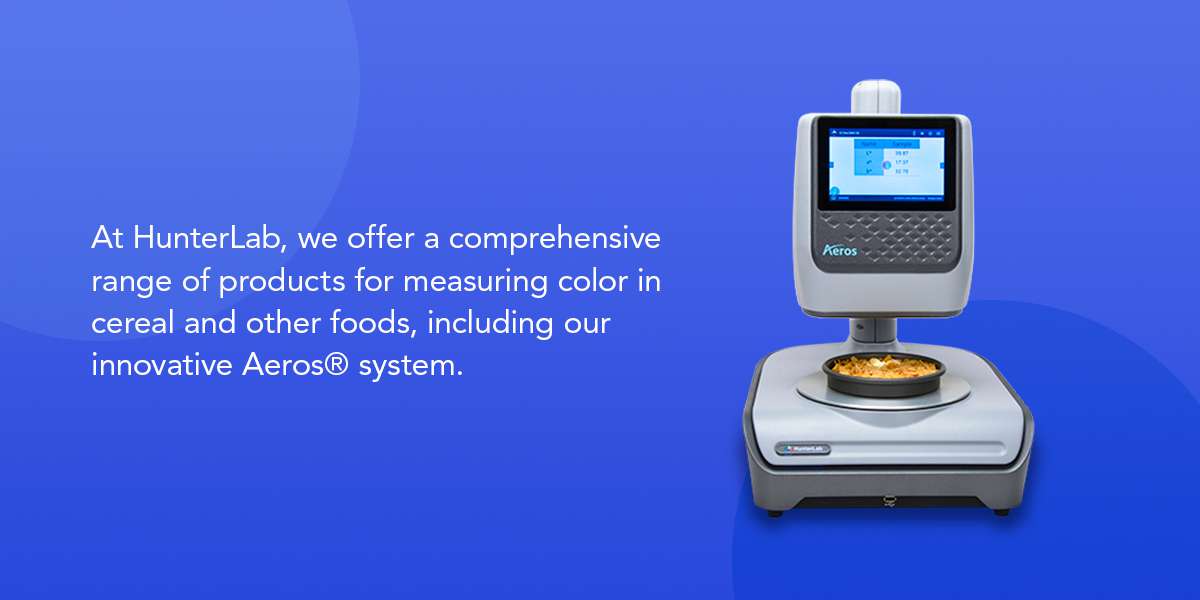
Color measurement is one of the food processing industry's most vital quality control tools. Because color is the first product quality a consumer sees, it plays a massive role in marketing and sales. Color brand consistency is also critical for food processors since product variations often cause consumers to suspect a potential defect.
Food companies that produce cereal must employ the most accurate coloring measurement methods because processes like baking and extrusion can significantly affect a product's color. The quality of the raw materials used in these processes is also crucial to the cereal's color consistency.
Why Cereal Color Measurement Is Important
A cereal's grain shell is an essential element that characterizes the metabolites and pigments it contains. The shell's color can change based on air quality, moisture absorption, grain viability, contamination and other factors. The shell's pigments affect much of the grain's composition and overall color.
While the human eye serves its purpose for consumers, food processors in the cereal industry need to employ more advanced methods to ensure brand consistency in their products' color. Too many factors affect a human eye's ability to precisely evaluate a color standard, including the type of light source, the amount of light, the angle at which the light hits the product and the direction a person views it. Color assessment using charts and scales is subjective and can often vary depending on the person conducting the evaluation.


